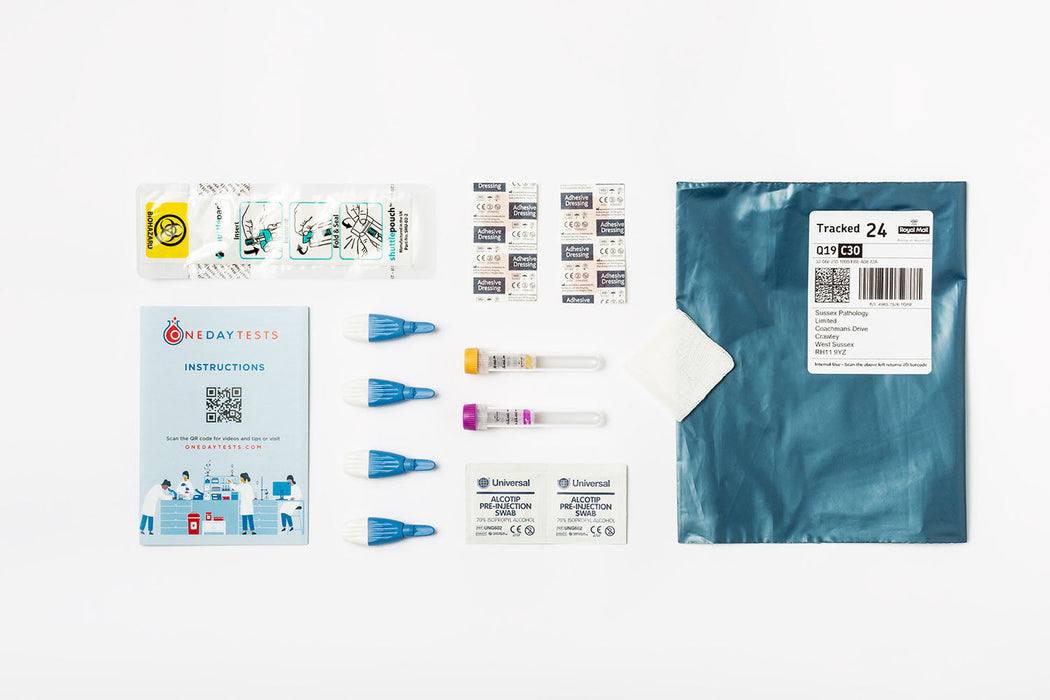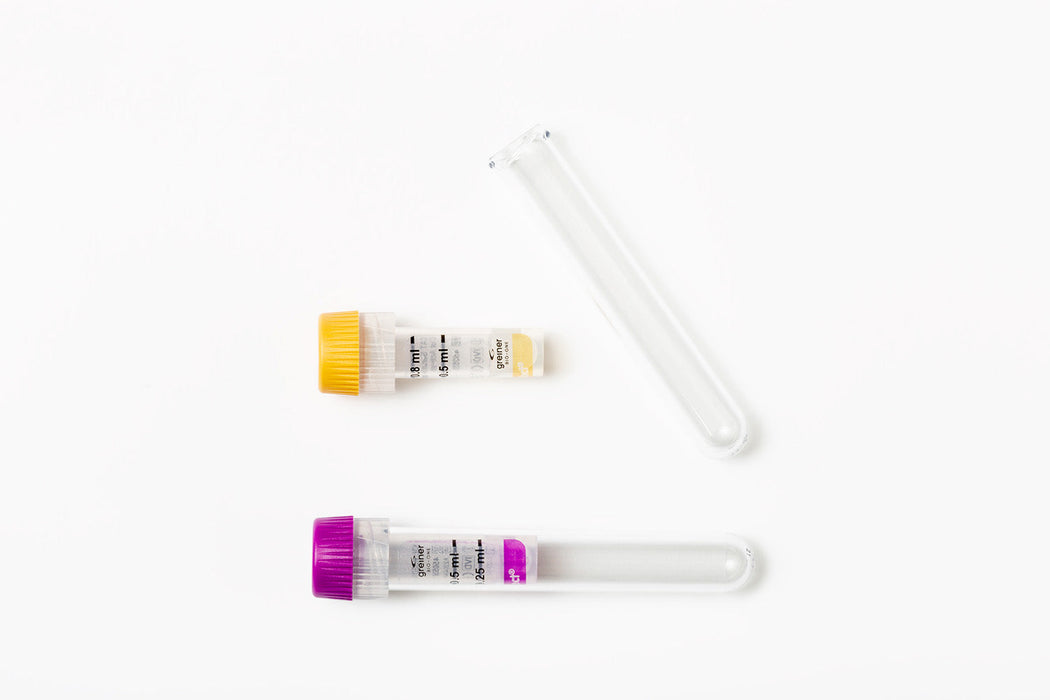What is it?
This is a physical count of red cells that a known volume of your blood contains. Also known as erythrocytes, these cells are the most common type of blood cell and are responsible for carrying the oxygen in the blood around your body. It binds oxygen in the lungs and releases it into the tissue around the body.
Red cells are rich in haemoglobin, which is essential to most body functions and therefore the red blood cells count is directly responsible for these functions as well.
It's an essential parameter in the Full Blood Count test. Women usually have a lower RBC count than men, and the level of red blood cells tends to decrease with age.
GP's interpretation
Red Blood Cell Count (RBC) is a physical count of red cells that a known volume of your blood contains. Also known as erythrocytes, these cells are the most common type of blood cell and are responsible for carrying the oxygen in the blood around your body.
It binds oxygen in the lungs and releases it into the tissue around the body.
Red cells are rich in haemoglobin, which is essential to most body functions and therefore the red blood cells count is directly responsible for these functions as well. It is an essential parameter in the Full Blood Count test.
Women usually have a lower RBC count than men, and the level of red blood cells tends to decrease with age.
Interpretation
This is the number of red blood cells you have in a given volume of blood. The red blood cells are the cells that contain haemoglobin. Low RBC is also a marker of anaemia and so also causes tiredness, weakness, light headedness, and shortness of breath.
Reference ranges
If your indicative RBC count is lower than the reference range for our laboratory:
Low RBC count could indicate iron deficiency anaemia (i.e. there are less red blood cells than normal).
A low RBC count could also indicate a vitamin B6, B12 or folate deficiency.
It may also signify internal bleeding, kidney disease or malnutrition (where a person′s diet does not contain enough nutrients to meet their body′s needs).
If this is the case, we suggest you have a chat with your GP, make an appointment.
If your indicative RBC count is higher than the reference range for our laboratory:
Having a high concentration of red blood cells in your blood is called Polycythaemia, also known as erythrocytosis. This makes the blood thicker and less able to travel through blood vessels and organs. Many of the symptoms of polycythaemia are caused by this sluggish flow of blood.
If this is the case, we suggest you have a chat with your GP, make an appointment.




















